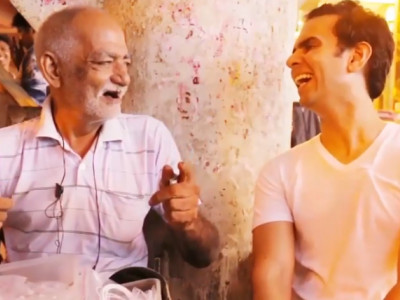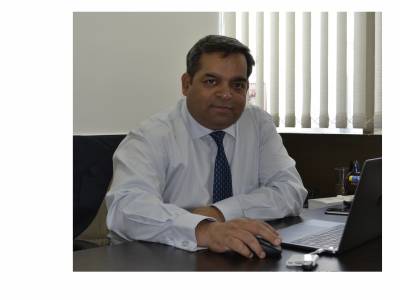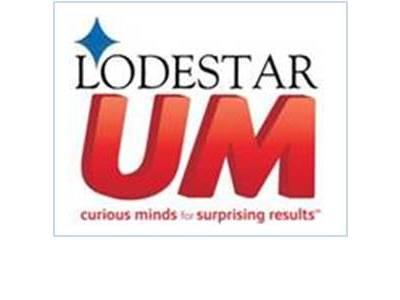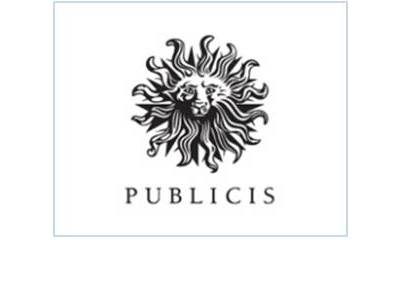Vernacular media will form 36% of total revenue pie by 2019: Anil Kumar
LocoVida is a boutique digital technology and media company that enables brands and publishers to reach online audiences in Tier 2 and 3 cities and towns. It also helps news portals and publishers with revenue and tech solutions.
With over 100 vernacular sites on board across multiple Indian languages and strategic tie-ups with the Colombia Traffic Network, LocoVida is helping advertisers reach a larger audience base. The vernacular focused network also claims to be reaching 33 per cent of total online unique visitors in India.
The network has been helping publishers monetise advertisement positions on their website without having to employ a sales team of their own. LocoVida receives campaigns in multiple formats from different countries and its ad operations team plans ad campaigns so that the revenues for publishers are optimised without compromising on the advertisers’ expectations.
In this interaction with AdGully, Anil Kumar, Founder and CEO, LocoVida, talks about the shift in interest in Tier 2 and 3 markets, the rise of vernacular publishing online, scale in 2016 and beyond. Excerpts:
AdGully (AG): How exactly does LocoVida help brands and publishers?
Anil Kumar (AK): India can be divided into two clear demographies – metros and non-metros. While the metros comprise of the top 10 cities in the country, a large chunk of the population resides in the non-metros, which is also classified as the Tier II or III cities. The growth story of the non-metros is not hidden any more and it is this sizeable the market of the non-metros that brands need to tap into.
With the advent of technology and the increased mobile penetration, consumers across Tier 2 and 3 cities have access to new information and an increased interest in ecommerce and also sensitisation of newer brands, hence it has become imperative to tap into regional markets for all marketers. Also, it is interesting to note that many times the most relevant and even HNI target consumers are based out of regional markets, therefore leveraging the same is now crucial.
As LocoVida, we help brands as well as regional publishers to interact on a digital platform which has a much wider reach. We bridge the gap between advertisers interested in reaching the audiences in Tier 2 and 3 markets and in turn giving the regional publishers quality advertisers, which in turn helps increased monetisation.
LocoVida aspires to be the default gateway to vernaculars for brands. We already have more than 45 regional publishers across India working with us, where we are monetising their inventory, helping them with website development and bringing traffic to their sites.
AG: What are the key growth drivers for vernacular publishing online in India?
AK: There are a variety of factors that are helping the exponential growth of digital vernacular publishing. Few of the key growth drivers are smartphone boom in the regional markets, increasing internet penetration and the rapid growth as well as consumption of vernacular content on the Internet. Also, with majority of the population having access to mobile devices, digital is the platform people are headed towards. Even when online browsing the web people like to read content/ news in their native language.
AG: What is driving the shift in advertiser and publisher interest in Tier 2 and 3 markets?
AK: The driving shift in advertiser and publisher interest in Tier 2 and Tier 3 markets is primarily because there has been an increased focus on innovative interplay and the digital readership. It can be clearly seen that there has been a steady increase in the digitisation of vernacular content.
Let us also not forget that there is a substantial amount of spending power in the smaller towns which brands are now becoming aware of. Also, with the increasing sales of smartphones and rising e-commerce in Tier 2 and markets, there is a definite interest amongst the advertisers and publishers. With more audience joining from regional markets, vernacular publisher ad inventory is very promising for advertisers. With native and contextual advertising, advertisers are able to specifically target their audiences on these vernacular publisher partners of LocoVida at a fraction of the cost. It is a win-win for everyone.
For example, IFFCO Tokio, a leading general insurance company, is reaching HNIs in Tier 2 markets and educating them about adequate coverage using native advertising.
Not only the large national brands, but regional brands like Bansal Classes from Jaipur are able to reach their specific audience in their respective markets using native advertising format. With our strategic tie-ups with publishers and The Colombia Traffic Network, we help brands reach over 150 million consumers.
AG: What will drive traction and scale for vernacular publishing in India in 2016?
AK: Diversification of markets has always been the driver to scale vernacular publishing and shall continue to be so. Besides this, the increased interest of the biggest brands in the regional markets has also lead to phenomenal growth in revenues for these publications.
There are over one lakh newspapers and periodicals registered with the Registrar of Newspapers in India. All of them will have to embrace online publishing since their audience is rapidly shifting online. Those that have their strategy in place will gain the first mover’s advantage and leverage this huge readership that consumes content many times a day now (compared to newspaper reading habit of morning only). Brands will follow this audience and are likely to have more budgets allocated for vernacular media.
AG: Which sectors have been seen to be very bullish on vernacular media in recent times?
AK: We are witnessing higher education, real estate, e-commece, BFSI, automobile, and travel being very bullish at the moment and are expecting more increase in the coming times.
AG: Traditionally, for brands English media has been the stronger player and they have been investing more on this. Do you see a change in this English-vernacular equation any time soon?
AK: Yes, certainly there has been a change. English print’s growth has dropped from 5.8 per cent in 2013 to 5.2 per cent in 2014. The reason being the shift of subscribers to the online platform, regional print markets still remain largely isolated from this trend. English print is estimated to lose its market share over the years to digital media in the overall advertising spend. A few examples include – vikatan.com, dinakaran.com, keralakaumudi.com, deshabhimani.com.
It is difficult for a new player to start a vernacular news portal, since you need a strong news collection last mile network. The entrenched print or TV channels, though, are either upgrading their websites or redesigning them for the mobile audiences. On an average, we receive at least two calls a week for a new website or news app.
AG: What does the future roadmap of vernacular publishing look like? What are the trends that you foresee?
AK: Since vernacular publishing is perceived as an economical way of reaching target audiences by advertisers in Tier 2 and Tier 3 cities, it is likely to grow at 10.5 per cent CAGR during 2014-18 and will eventually constitute nearly 36 per cent of the total revenue pie by 2019.










Share
Facebook
YouTube
Tweet
Twitter
LinkedIn